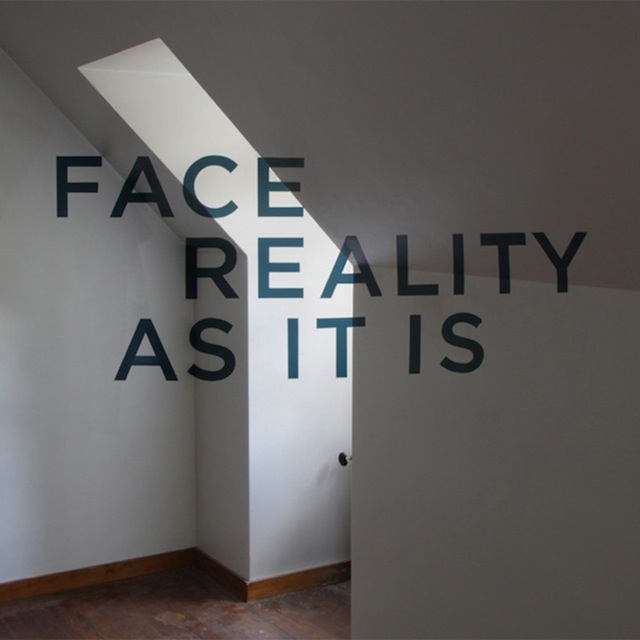

Will Kazu survive? Will he make it despite everything working against him? Can he trust the people he considers his friends? Will he be able to save the woman he loves? You will journey through a multitude of virtual worlds, from a mythological age that never was to a future where humanity is a memory long gone by. Your journey will take you from the dregs to the glistening heights of luxury. In this world, you take the role of Kazu, trying to stand your ground against impossible odds and becoming your own person, independent of others. They also use filters on the kids and adjust their height so they all look the same size lol.

Like the time Khloe or someone put Trues face over Stormis face at Disney land and pretended True was at Disney lol. Money literally rules the world, and most people only have a choice of submitting themselves to the goodwill of a corporation or scrounging on the leftovers of the world's rich and powerful. What kind of warped reality are the little kids going to grow up believing The amount of photoshopped pictures the family posts is insane. Warped Reality is a gritty, hard-boiled cyberpunk visual novel set in a future where chrome skyscrapers bathed in the light of holographic adverts tower over alleyways of blood and grime. And not only his own life is at stake, but also that of the only person Kazu truly cares about. Hunted by enemies with both the skills and the assets to turn his life upside down, Kazu has to face the criminal underworld, corrupt corporate officials and the suddenly real dangers of virtual worlds designed to weed out the weak. But his creation, the Virtual Machine, turns out to be more than that – dangerously more. All he wanted to create was an entertainment system that proves he has the skills to make it as a cybernetics designer. Finally, Vidler looks at the architectural experiments of Frank Gehry, Coop Himmelblau, Daniel Libeskind, Greg Lynn, Morphosis, and Eric Owen Moss in the light of new digital techniques that, while relying on traditional perspective, have radically transformed the composition, production and experience - perhaps even the subject itself - of architecture.What if accomplishing the task you always dreamed of turns into your worst nightmare?įor Kazu, a young technophile struggling to make a living in the corporate-owned future of 2065, that question suddenly becomes reality. The discussion ranges from theorists such as Jacques Lacan and Gilles Deleuze to artists such as Vito Acconci, Mike Kelley, Martha Rosler and Rachel Whiteread. Focusing on current conditions of displacment and placelessness, he examines ways in which contemporary artists and architects have produced new forms of spatial warping. Vidler traces the emergence of a psychological idea of space from Pascal and Freud to the identification of agoraphobia and claustrophobia in the 19th century to 20th century theories of spatial alienation and estrangement in the writings of Georg Simmel, Siegfried Kracauer and Walter Benjamin. The second kind of warping is produced when artists break the boundaries of genre to depict space in new ways.
#WARPED REALITY ART FULL#
This space is not empty but full of disturbing forms, including those of architecture and the city. The first, a psychological space, is the repository of neuroses and phobias. Anthony Vidler is concered with two forms of warped space. This spatial warping is now being reshaped by digitalization and virtual reality. They became incorporated into the media and arts, in particular the spatial arts of architecture, urbanism and film. Beginning with agoraphobia and claustrophobia in the late 19th century, followed by shell shock and panic fear after World War I, phobias and anxiety came to be seen as the mental condition of modern life.


 0 kommentar(er)
0 kommentar(er)
